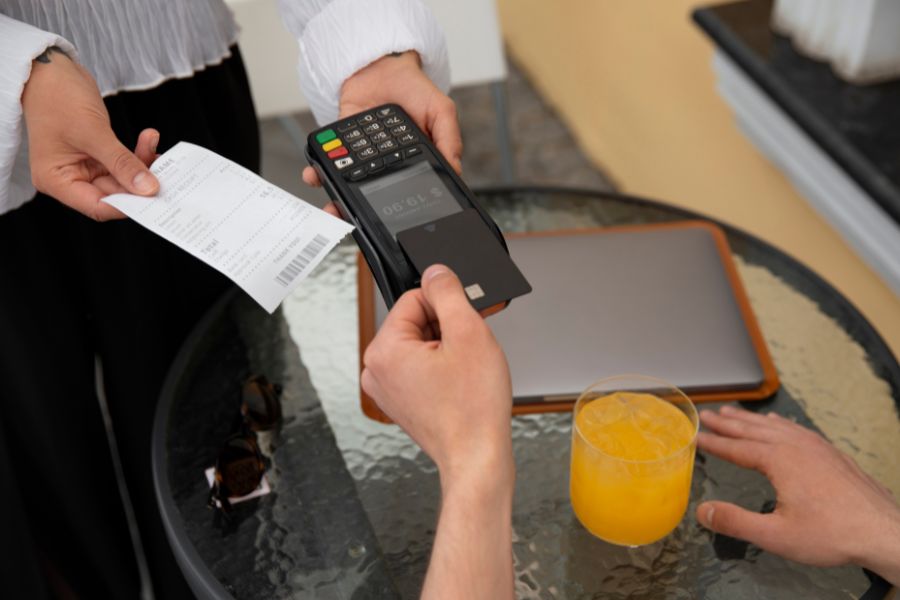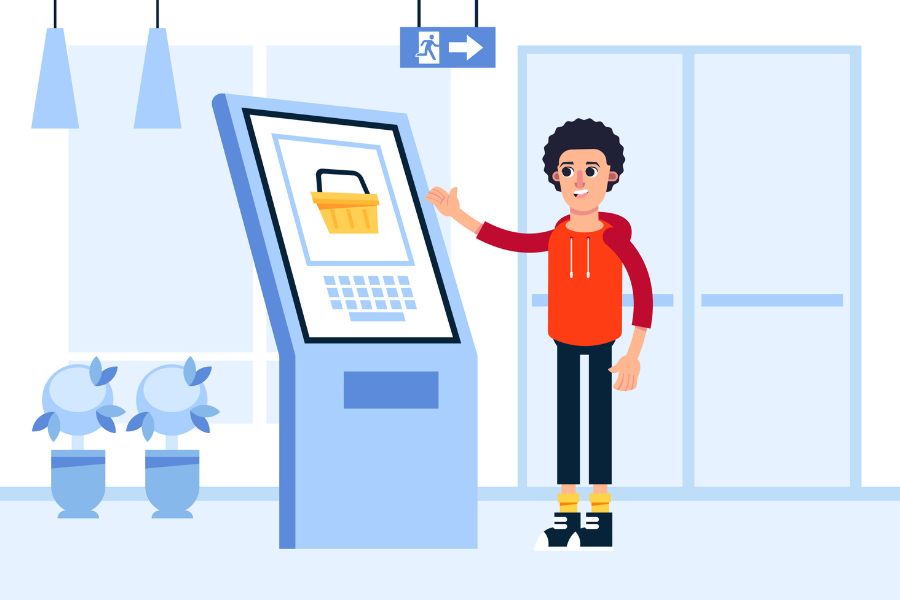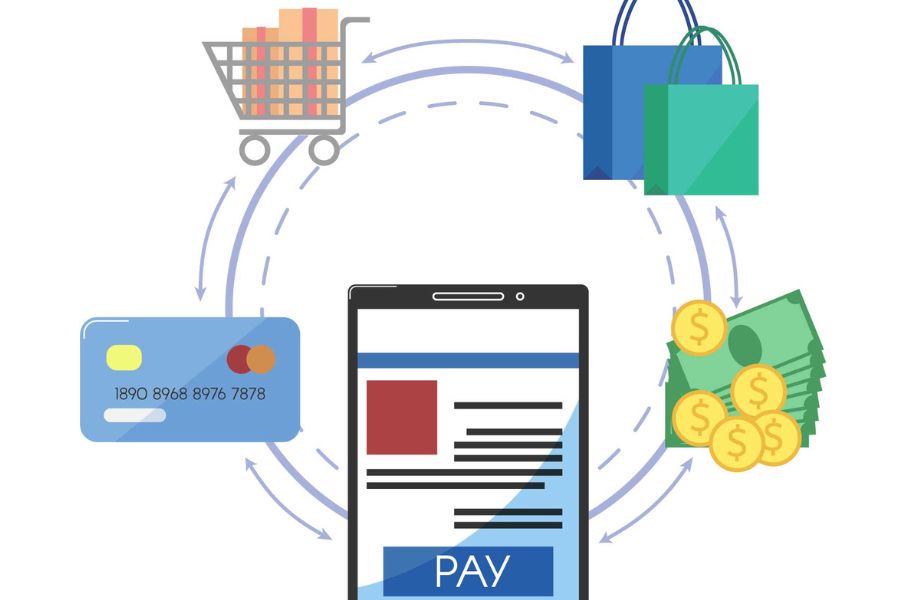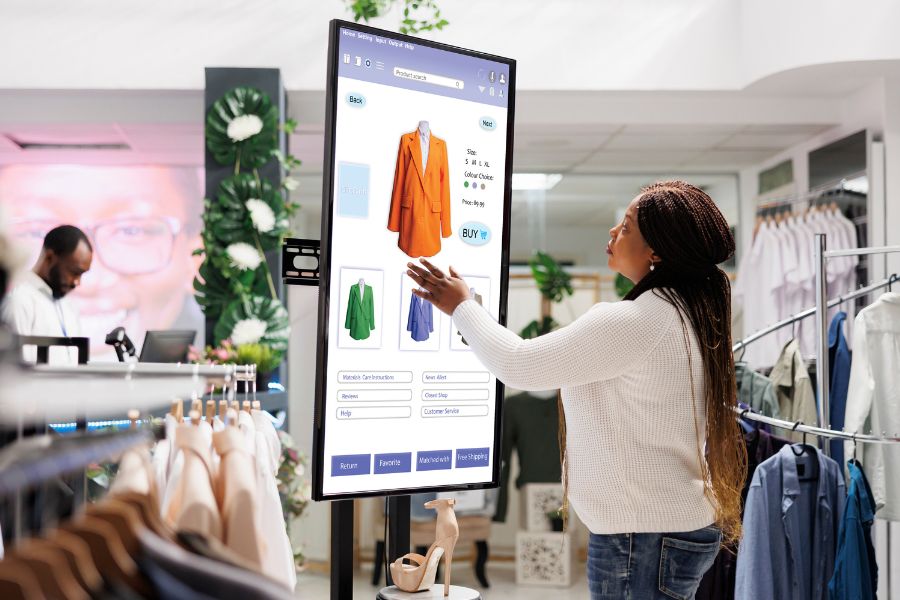Point of sale price tickets do more than simply label a product – they directly influence customer confidence and checkout efficiency. A mismatch between the displayed price and the scanned price can lead to disputes, lost sales, and a damaged reputation. Shoppers expect clarity, and when pricing inconsistencies arise, trust in the retailer can quickly erode.
This article will help you understand the key strategies for maintaining accurate point of sale price tickets and ensuring a smooth checkout process. From identifying common pricing errors to implementing automated solutions and best practices, these insights will help businesses prevent mistakes, improve customer satisfaction, and create a more reliable retail experience.
Highlights:
- Inconsistent pricing across channels, unclear promotions, and outdated system data are some of the most frequent issues that lead to customer frustration and lost sales.
- To keep pricing accurate, sync POS systems with real-time updates, use digital shelf labels, and train staff to catch errors before they reach the customer.
Essential Components of Effective Point Of Sale Price Tickets
Price tickets should help shoppers recognize key details quickly and move through checkout without confusion. That means presenting the right information in a format that’s easy to scan, visually and digitally.
Focus on the following elements:
- Clear product names and short descriptions that help shoppers identify items without second-guessing.
- Bold pricing that stands out and reflects any current deals or limited-time offers. Currency symbols and tax details should be easy to find.
- Barcodes or QR codes that support faster scanning and provide access to extra product details or active promotions.
- Brand visuals, like logos and color schemes, to maintain consistency across all store materials.
QR code usage is increasing year over year. In the U.S. alone, 89 million people scanned them in 2022, with usage projected to hit 100 million by 2025.

When dealing with packaged goods, include units of measure—like weight, size, or quantity, so shoppers can understand what they’re getting. If a discount applies, make it obvious. Including SKU or product codes also helps with internal tracking and stock accuracy.
Readable typography, strong color contrast, and simple layouts help customers find information without slowing down. If certain products require legal notices, like allergens or safety instructions, those should be easy to locate without cluttering the tag.
Common Pricing Pitfalls and How to Avoid Them
Pricing errors affect both the customer experience and internal operations. Misalignment between displayed prices and actual charges can create friction and slow down transactions.
There are some common pricing pitfalls and strategies to prevent them.
- Mismatched Pricing Across Channels: Prices should remain consistent across all sales channels, including in-store, online, and mobile apps. Discrepancies can lead to customer frustration and loss of trust. Regular price audits help maintain accuracy and prevent misunderstandings.
- Confusing Discounts & Hidden Fees: Vague terms or missing conditions make discounts harder to trust. Use direct language. Include timelines, eligibility, and any limitations right on the price label.
- Failure to Update POS Pricing: Outdated prices at checkout can cause disputes and slow down transactions. POS systems should sync with current promotions and price adjustments. Regular system checks help ensure accuracy and prevent pricing errors.
- Overly Complicated or Crowded Price Tags: Excessive information on point of sale price tickets can overwhelm shoppers. A clean, well-structured layout with essential details like product name, price, and barcode improves readability. Avoid clutter to enhance the shopping experience.
Strategies for Accurate Point Of Sale Price Tickets and Smooth Checkout
Price accuracy supports faster service and better customer interactions. A few consistent practices can close the gap between shelf prices and POS data.
Automated Price Updates in POS Systems
Connected POS systems help teams push updates across locations without delay. This avoids mismatches between printed tags and what appears at checkout.
Automated pricing software allows retailers to adjust discounts and promotions without delays. Connecting price changes to inventory systems helps businesses manage pricing strategies while maintaining profitability.
Regular monitoring of pricing adjustments ensures that markdowns and special offers are correctly reflected at checkout. Keeping these updates timely improves transaction accuracy and reduces customer complaints.
Smart Labeling Technologies
Digital price tags and electronic shelf labels provide a dynamic way to manage pricing. These technologies allow businesses to update product information instantly, keeping details consistent across locations. Customers benefit from accurate pricing, while staff can focus on other tasks.
QR codes and NFC-enabled labels add more product details and promotions when scanned. This approach improves transparency and keeps customers informed while making purchases.
Smart labeling solutions also help reduce manual errors. Automated updates eliminate the need for frequent reprints of physical price tags, saving time and resources while ensuring consistency. The global electronic shelf label market is projected to reach $1.4 billion in 2024, with a compound annual growth rate of 18.3% from 2024 to 2034, indicating a significant shift towards these technologies in retail.
Employee Training for Pricing Accuracy
Store employees play a key role in maintaining accurate point of sale price tickets. Staff should be trained to recognize discrepancies between displayed prices and system records. Proper instruction in using POS systems ensures that errors are identified and corrected before they impact customers.
Training programs should include techniques for verifying price changes, understanding discount applications, and responding to customer pricing inquiries. Well-informed employees improve pricing accuracy and enhance the overall shopping experience.
Consistent refresher courses reinforce best practices. Retailers that invest in ongoing training create a workforce that is better equipped to handle price-related concerns and maintain accuracy across all transactions.
Regular Price Audits and Compliance Checks
Scheduled reviews help confirm that shelf tags, sale prices, and system data match. These audits should include promotional pricing, markdowns, and bundled offers.
Track findings to spot recurring issues. This helps prevent repeat mistakes and creates a baseline for future improvements.
Also, monitor compliance with local pricing laws. Displaying clear, honest pricing builds trust and avoids regulatory problems.
The Role of Technology in Modern Pricing
Technology makes it easier to manage pricing without adding complexity.
AI tools can help analyze competitor pricing and suggest adjustments based on demand patterns or seasonal shifts.
Cloud-based POS platforms allow pricing teams to apply updates across stores at once instead of location by location. This keeps pricing consistent and reduces manual coordination.
When pricing connects directly to inventory, retailers can act on real-time stock data, adjusting prices based on availability, demand, and timing. That creates a more responsive pricing model built for scale.
Why Should You Choose ConnectPOS For Accurate Point Of Sale Price Tickets
ConnectPOS helps businesses maintain precise pricing across all sales channels. Its system keeps point of sale price tickets up to date and free of errors, improving the shopping experience.
- Real-Time Price Updates: Pricing stays consistent between physical stores and online platforms. Any adjustments take effect immediately, preventing mismatches and confusion.
- Customizable Ticket Displays: Merchants can adjust price tags to include details like product names, special offers, and barcodes. Layouts align with branding while keeping information easy to read.
- Automated Discounts and Promotions: Sales and loyalty programs apply at checkout without manual input. This keeps transactions accurate while highlighting active deals for customers.
- QR Code and Barcode Functionality: Shoppers scan QR codes or barcodes for product details, pricing, or exclusive offers. This reduces the need for staff assistance and speeds up decision-making.
- Inventory and Pricing Insights: Built-in tracking helps businesses monitor stock levels and pricing trends. Store managers receive alerts for low stock and pricing inconsistencies.
- Works Across Sales Channels: ConnectPOS integrates with eCommerce POS platforms Shopify, Magento, and WooCommerce, keeping pricing and promotions aligned across all retail locations.
- Online and Offline Access: Stores continue processing transactions even without an internet connection. Once online, data syncs without extra effort.
FAQs: Point of sale Price Tickets
What details are included on point-of-sale price tickets?
A price ticket typically displays the product name, barcode, SKU, pricing information, discount details, and sometimes additional labels like “clearance” or “limited-time offer.”
How can businesses keep pricing accurate at checkout?
Updating pricing systems regularly prevents mismatches between shelf tags and scanned prices. Running periodic audits helps catch discrepancies before they affect customers.
What causes pricing errors on POS tickets?
Changes in promotions, manual data entry mistakes, and outdated barcodes often lead to incorrect pricing. Regular checks and automated updates minimize these risks.
How do barcode systems improve pricing accuracy?
Scanning barcodes speeds up transactions and reduces human error. Well-maintained scanners and properly printed barcodes keep the checkout process smooth.
Conclusion
A single pricing error can disrupt an entire checkout line, creating frustration for both customers and staff. When point of sale price tickets are consistently accurate, checkout moves faster, disputes decrease, and shoppers leave with a positive impression. Maintaining this level of precision requires ongoing effort, but the benefits far outweigh the risks of neglecting it.
An organized pricing strategy combines technology, training, and routine audits to eliminate inconsistencies before they become problems. For retailers looking to simplify price management and enhance their POS system, ConnectPOS provides a great solution. Contact us to know how ConnectPOS can help your business streamline pricing and checkout processes.
ConnectPOS is a all-in-one point of sale solution tailored to meet your eCommerce POS needs, streamline business operations, boost sales, and enhance customer experience in diverse industries. We offer custom POS with features, pricing, and plans to suit your unique business requirements.




